To connect a router to a modem without cables, you can either use a wireless router or a powerline adapter. Connecting a router to a modem without cables can be a hassle, especially if your modem is located in a different part of the house.
Fortunately, there are two options to eliminate the need for ethernet cables. You can either use a wireless router or a powerline adapter. A wireless router connects to the modem wirelessly, allowing you to get online without the need for messy cables.
On the other hand, a powerline adapter uses your electrical wiring to create a wired connection, which can be useful if you need a stronger and more reliable connection. In this article, we’ll explain how to connect a router to a modem without cables and discuss the benefits of each option.

Credit: www.wikihow.com
The Need To Connect Router To Modem Without Cable
Connecting your router to your modem without using any cable is an easy task that any home internet user can do by themselves. It simplifies everything for you, making your home wi-fi network run more efficiently. Let’s dive into the need and benefits of connecting router to modem without cable.
Outlining The Importance Of Having A Stable Internet Connection At Home
When you have a stable internet connection at home, you can enjoy your favorite online content, games, and video streaming with ease. Here are some crucial points about the importance of having a stable internet connection:
- It enables you to work from home without any issues
- You can enjoy faster internet speeds
- It simplifies a home’s wi-fi network system and minimizes the use of cords while offering a clutter-free look
- A stable connection allows you to browse, stream, and download without any lag or frustration
- It helps in making online video calls and attending virtual meetings and events smoothly
Benefits Of Wireless Connectivity Between The Router And Modem
Here are some significant advantages and benefits of connecting your router to your modem without using a cable:
- Having a wireless connection provides an untethered operation with no limit in movement within the wi-fi signal range
- Wireless connectivity provides a cleaner and neater look in the office or living space compared to the clutter of cables and wires
- A wireless connection eliminates the need for routing cables through walls or other hardware to reach the router
- It provides faster and more stable network connections and transfer rates compared to wired connections
- With advanced router technology, wireless connectivity offers complete mobility of online access – you can move from room to room or even outside the home and still enjoy internet access.
Now that you understand the need and benefits of connecting your router to your modem without using cables, you can upgrade your home network and enhance its functionality while enjoying the freedom and endless possibilities of a wireless network.
Basic Requirements For Connecting Router To Modem Without Cable
Are you tired of the clutter of cables that come with connecting your router to the modem? Fortunately, it is possible to connect your router to the modem without cables. Here are the basic requirements to get started:
Necessary Equipment For Wireless Connection Setup
To connect your router to the modem wirelessly, ensure that you have the following equipment:
- A router that supports wireless connectivity.
- A modem that supports wireless connectivity.
- Power cables for both the router and modem.
Understanding Router And Modem Compatibility For Wireless Connection
It is important to ensure that your router and modem are compatible with each other. Here are some compatibility factors to consider:
- Both devices should support wireless connectivity.
- Both devices should have the same wireless protocol, either 802.11n or 802.11ac.
- Both devices should have a similar frequency band, either 5 ghz or 2.4 ghz.
Minimum Technical Knowledge Required For Successful Setup
You don’t have to be a tech whiz to connect your router to the modem without cables. Here are the minimum technical skills required for successful setup:
- A basic understanding of your router and modem’s features.
- Ability to access the router’s web-based setup page.
- Ability to connect to the router’s wireless network.
Best Practices For Troubleshooting Wireless Connectivity Issues
Despite your best efforts, there may be times when you experience connectivity issues. Here are some best practices for troubleshooting:
- Restart both the modem and the router.
- Verify that your router and modem are both powered on.
- Check if your devices are connected to the correct wireless network.
Pre-Requisites For A Successful Wireless Connection
Before attempting to set up a wireless connection, make sure you have:
- An active internet connection.
- Your router’s default login access credentials.
- Updated drivers for your wireless adapter if using a wireless computer.
By following these guidelines, you can successfully connect your router to the modem without cables and enjoy the freedom that comes with wireless connectivity.
Step-By-Step Guide On How To Connect Router To Modem Without Cable
Explaining The Setup Process In A Detailed And Concise Manner
Connecting your router to a modem without cable may seem complicated, but it’s actually quite simple. Here’s how to do it:
- Turn off your modem and router.
- Connect your router to the modem using an ethernet cable.
- Turn on your modem and wait for it to start up completely.
- Turn on your router and wait for it to start up completely.
- Verify that your computer or device is connected to the router’s wi-fi network.
- Open a browser and enter the router’s ip address to access its settings.
Setting Up Wireless Connectivity Between The Router And Modem
Once you have connected your router to the modem, you can start setting up wireless connectivity between them. Follow these steps:
- Log in to your router’s settings by entering the ip address in a browser.
- Look for the wireless settings and select the appropriate option.
- Choose a network name (ssid) and set a password.
- Save the settings and restart your router.
Using Wps Protocol To Connect The Modem And Router Without Cable
Most routers and modems support wi-fi protected setup (wps), which allows you to connect them without using a cable. Follow these steps:
- Press the wps button on your modem.
- Press the wps button on your router.
- Wait for the devices to connect.
Understanding The Wireless Security Protocols Available
Wireless networks are vulnerable to security threats, so it’s important to choose the appropriate wireless security protocol. Here are the options:
- Wep: The least secure protocol that can be easily cracked.
- Wpa: A more secure protocol that requires a password.
- Wpa2: The most secure protocol that uses advanced encryption.
Changing Router Settings For Secure Wireless Connectivity
To ensure secure wireless connectivity, you should change some router settings. Follow these steps:
- Log in to your router’s settings by entering the ip address in a browser.
- Look for the security settings and select the appropriate option.
- Enable wpa2 and choose a strong password.
- Save the settings and restart your router.
With these simple steps, you can connect your router to a modem without using a cable and ensure your wireless network is secure.
Common Issues Faced While Connecting Router To Modem Without Cable
Identifying Connectivity Issues And Understanding Their Causes
Sometimes even the simplest of tasks, such as connecting the router to a modem without a cable, can result in connectivity issues. Here are some common causes of connectivity issues:
- Incorrect network configurations
- Incorrect power outage to the modem or router
- Too many connected devices
- Hardware malfunction or outdated drivers
- Interference from other wireless signals
Best Practices For Troubleshooting Common Wireless Connectivity Problems
Connectivity issues can be frustrating, but here are some best practices you can implement to troubleshoot them:
- Restart the router and modem
- Verify the network configuration and adjust it accordingly
- Move the router and modem closer to each other
- Disconnect all connected devices except for the ones needed to test the connection
- Update the firmware and drivers of the router and modem
How To Reset The Router And Modem To Factory Settings For A Fresh Setup
Resetting your modem and router to their factory settings can often resolve connectivity issues. Here’s how to do it:
- Locate the reset button on your modem and router.
- Press and hold the reset button for around 10 seconds.
- Release the button once the lights on the modem and router start blinking.
- Wait a few minutes for the modem and router to fully restart and for the lights to stabilize.
- Connect the router and modem using a cable or with wi-fi.
Dealing With Wireless Interference And Signal Weak Spots
Sometimes, connectivity issues can be caused by interference from other devices or weak wireless signals. Here are some tips to deal with these issues:
- Move the router and modem to another location to avoid interference
- Change the wireless channel to avoid conflicts with other wireless signals
- Use wi-fi extenders to amplify the signal in weak spots
- Upgrade your routers and modems to those that have better coverage and range
By following these guidelines, you will be able to troubleshoot connectivity issues efficiently, resulting in a smoother and more enjoyable internet experience.
Setting Up Wireless Repeater For Enhanced Connectivity
If you want to maximize your internet connection’s reach, setting up a wireless repeater might be a good solution for you. A wireless repeater can boost your router’s signal, giving you better coverage and faster internet speeds. Let’s take a look at the key points you need to know about setting up a repeater for enhanced connectivity.
Explaining What A Wireless Repeater Is
A wireless repeater, also known as a range extender, is a device that can increase the wi-fi signal strength of your router. It captures the router’s wi-fi signal and rebroadcasts it, expanding your wireless coverage area. Essentially, a wireless repeater amplifies your router’s signal, making it reach further and cover a wider area.
Best Practices For Configuring A Wireless Repeater For Maximum Signal Coverage
Proper configuration of your wireless repeater can ensure the best possible signal coverage. Here are some tips to help you configure it for maximum signal coverage:
- Place the repeater halfway between your router and your device to get the best coverage area.
- Avoid obstacles that can interfere with your connection, such as thick walls or large metal objects.
- Configure your repeater to use the same network name and password as your existing network to avoid confusion.
- Use the same security settings as your router to ensure a secure connection.
- Make sure your repeater is getting a strong signal from your router.
Understanding The Compatibility With Router And Modem Models
Before purchasing a wireless repeater, make sure it is compatible with your router and modem models. Some repeaters work best with specific router and modem models, while others may not be compatible at all. Check the manufacturer’s specifications to ensure compatibility before making your purchase.
Troubleshooting Wireless Repeater Connectivity Issues
Even with careful configuration and compatibility checking, you may experience connectivity issues with your wireless repeater. Here are some tips to help you troubleshoot these problems:
- Reset your repeater and try setting it up again.
- Check the signal strength of your router to make sure it is strong enough to reach your repeater.
- Make sure your repeater is not near any devices or objects that may interfere with your signal.
- Update your router’s firmware to ensure compatibility with your repeater.
- Make sure your repeater is set up correctly, using the same network name and password as your existing network.
By understanding what a wireless repeater is, configuring it for maximum signal coverage, checking compatibility with your router and modem models, and troubleshooting connectivity issues, you can enjoy better wi-fi coverage and faster internet speeds.
Understanding The Role Of Dhcp In Wireless Connectivity And Setup
What Is Dhcp?
Wireless networks are not possible without the dynamic host configuration protocol (dhcp), which is responsible for assigning ip addresses to devices in a network.
Dhcp is an automated process that configures network settings on devices connected to the router. Prior to dhcp, network administrators had to manually configure each device and assign it a unique ip address, which was error-prone and time-consuming.
How Does Dhcp Work In A Wireless Network?
Dhcp involves four key steps in a wireless network:
- Discovery – devices on the network broadcast a request for an ip address.
- Offer – the router responds to the request and offers an ip address to the device.
- Request – the device accepts the offered ip address and requests confirmation from the router.
- Acknowledgement – the router confirms that the device has been assigned the ip address.
This process enables multiple devices to be connected to the network simultaneously and automatically, without the need for manual configuration.
Understanding Dhcp Configuration For Router And Modem
The router is responsible for assigning ip addresses to devices and managing the network. To configure dhcp on the router, follow these steps:
- Log in to the router’s configuration page using your web browser.
- Locate the dhcp settings section and enable dhcp.
- Set the range of ip addresses that the router can allocate to devices on the network.
- Configure the lease time for the ip addresses. This is the amount of time that the router will reserve the ip address for a device.
- Save the dhcp settings and restart the router.
Similarly, dhcp can also be configured on the modem, although this is not always necessary as most modems are set to use dhcp by default.
Dhcp Vs Static Ip: Which Is Better For Your Wireless Setup?
In most cases, dhcp is the better option for wireless networks as it is more convenient and efficient. However, there are some scenarios where a static ip address may be preferred, such as:
- When there are network security concerns.
- When access to a specific device on the network is required.
- When a device needs to be accessed remotely.
Overall, dhcp is the preferred option for most wireless setups as it simplifies the network configuration process and eliminates the need for manual configuration.
Frequently Asked Questions For How To Connect Router To Modem Without Cable
How Do I Connect My Router To Modem Wirelessly?
To connect your router to the modem wirelessly, ensure you have a modem with a built-in wi-fi access point. Connect your router to the modem network, configure the router settings via a web browser, and connect your devices to the router network.
Will My Router Work Without A Modem?
No, a router cannot work without a modem. A router connects to a modem to access the internet.
What Cable Do I Use To Connect The Router And Modem?
You can use an ethernet cable to connect your router to a modem. Plug one end of the cable into one of the ports at the back of the router, and the other into the modem’s port.
How Do I Set Up A Router Without Internet?
You can set up a router without internet by connecting to it via an ethernet cable. Connect the router to a device such as a computer with an ethernet cable, configure the router settings through a browser, and create your network.
How Do I Know If My Router Is Connected To The Modem?
To confirm that your router is connected to the modem, check for a stable internet connection. If there’s no connection, check the lights on the router, and ensure that both devices are powered on. Contact your isp if the problem persists.
How Can I Increase My Router’S Wireless Range?
You can increase your router’s wireless range by placing it in a central location in your house. Additionally, you can adjust the router’s antennae, minimize obstacles like walls or furniture, update the router software, or use a wi-fi range extender.
Can I Connect My Router To The Modem Using Usb?
No, it’s not advisable to connect your router directly to the modem using a usb cable. The best way is to connect via ethernet cable.
What Do I Do If My Router Doesn’T Detect The Modem?
If your router doesn’t detect the modem, check that both devices are powered on, reset both the router and the modem, and ensure the connections are secure.
Do I Need To Configure My Router Settings After Connecting It To The Modem?
Yes, you need to configure your router settings after connecting it to the modem. Configuring your router will ensure it works correctly and provide a secure network.
How Do I Troubleshoot Issues With My Router And Modem Connection?
To troubleshoot router and modem connection issues, restart both devices, ensure all cables are connected correctly, check the router and modem lights, update firmware, and contact your isp for further assistance.
Conclusion
Finally, we have come to the end of our discussion on how to connect router to modem without a cable. We hope that we were able to clear all of your doubts and queries regarding the same. In today’s world, the internet has played a significant role in our daily lives, and it is essential to have a seamless and hassle-free connection.
The steps we discussed in this post are easy to follow and can be done by anyone without any technical expertise. Additionally, we also discussed various methods of connecting to the internet without a cable, which can be helpful in certain situations.
Remember to always keep your router and modem updated to avoid any issues in the future. With that being said, we hope that you found this post informative and helpful. Stay connected, and happy browsing!



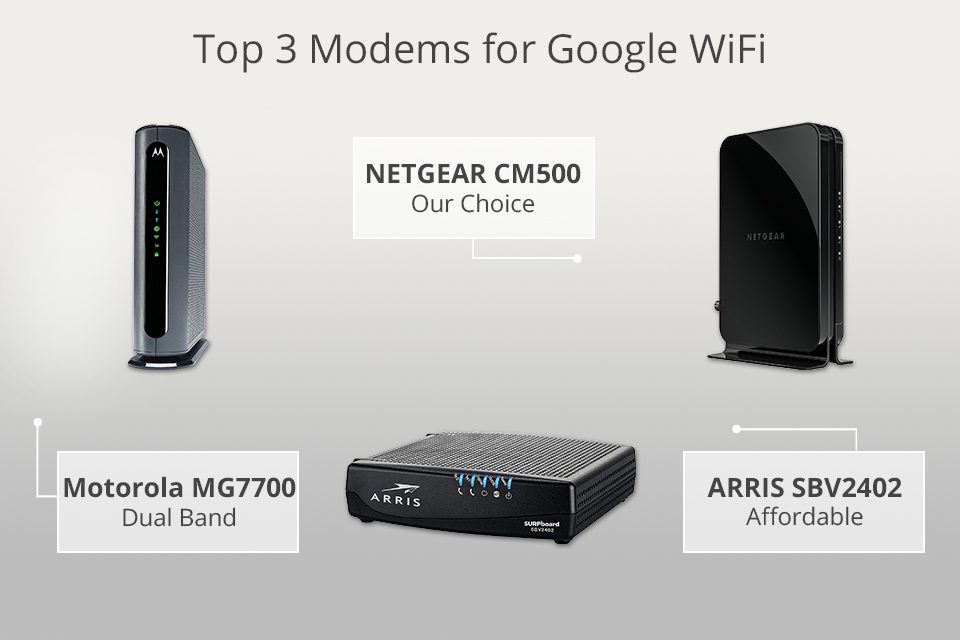
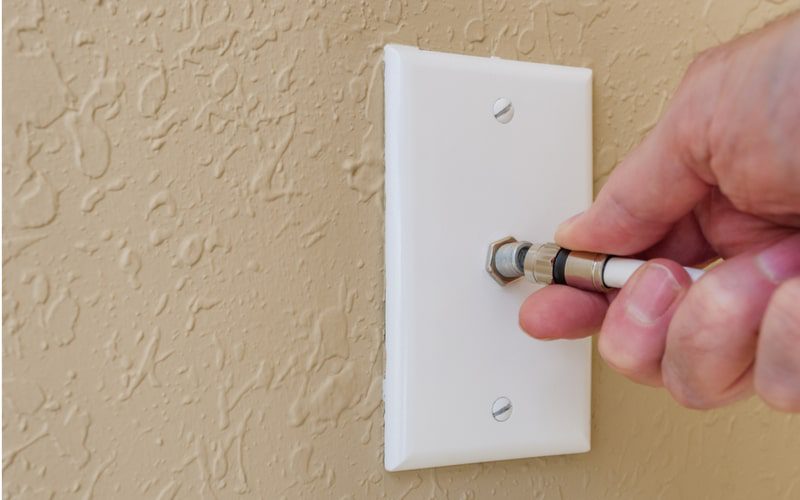

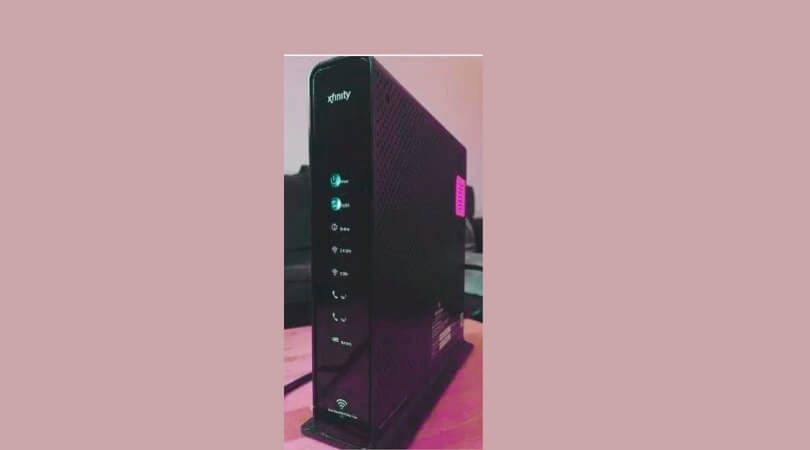
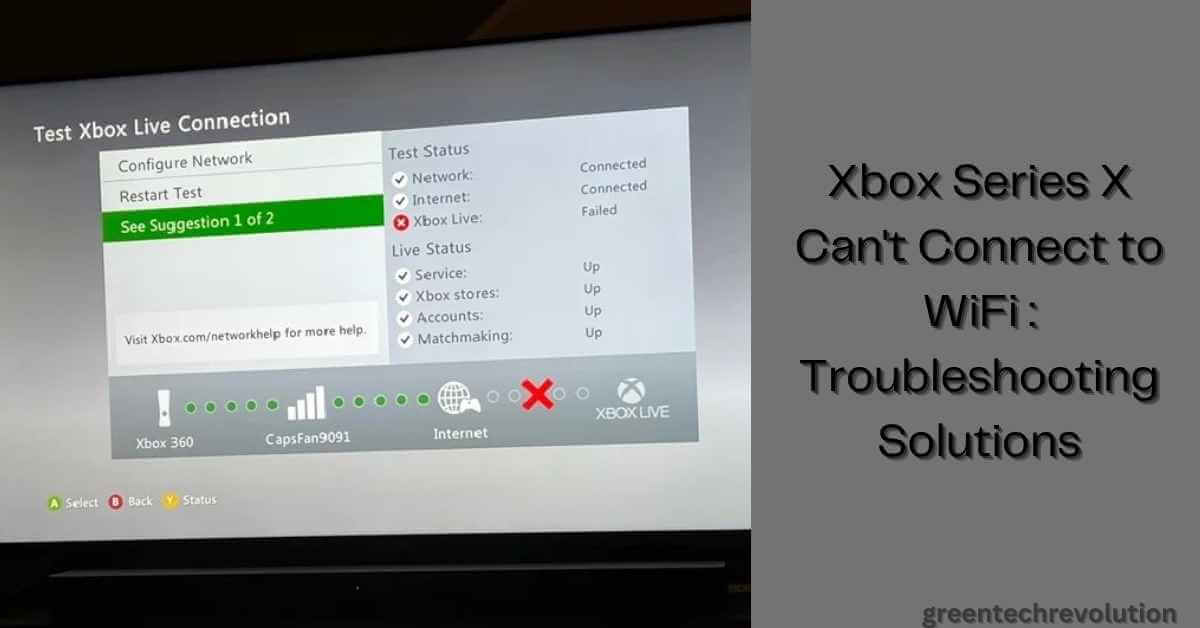
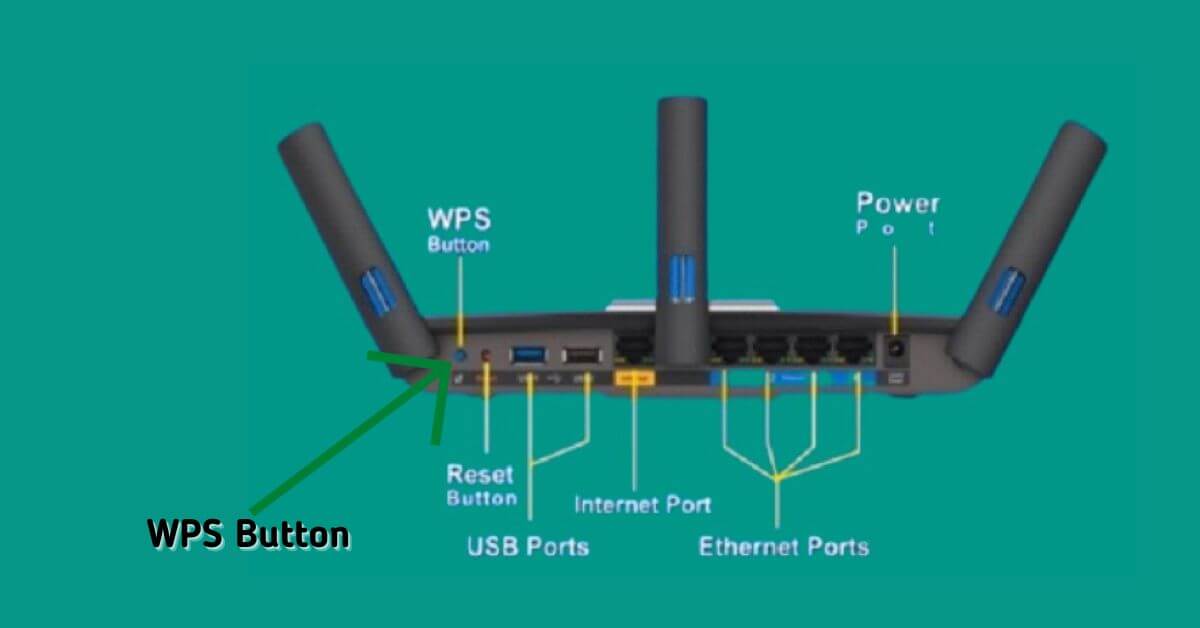
Leave a Reply
You must be logged in to post a comment.